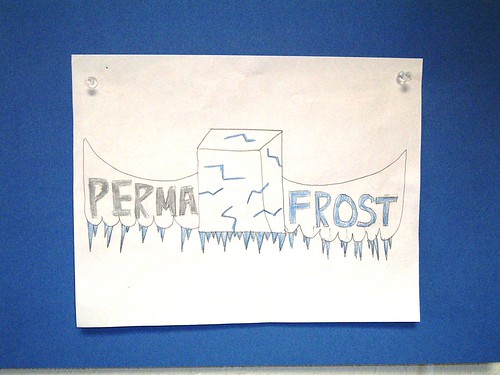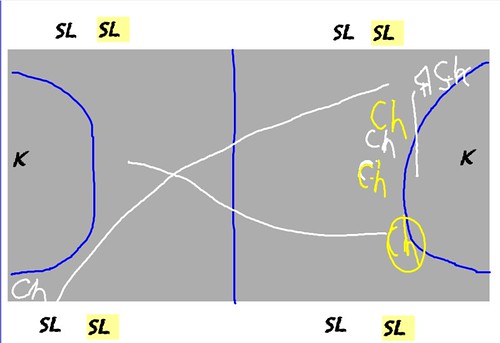It wasn’t too many years ago that I (perhaps like you) scoffed at the idea that standardized testing would ever alter the way I teach my students. I was confident that my approaches and my philosophies around writing, in particular, would carry my students forward, no matter what kind of assessment would be thrown their way. The writers and readers in them — the things were nurtured all year — would shine through.
I was confident of this approach … until I began to see some of the data provided by our state in the aftermath of the tests. (Note: we just had state testing last week so this topic has been lingering in my head).
After a few years of looking at those numbers that come like a flood our way, and parsing them around, it became clear to me that my students, overall, were having significant difficulties in a variety of specific areas and the testing results were showing me these weaknesses, if I cared to notice. This is what the designers of standardized testing will say their system is all about, right? It is designed to highlight areas of strengths and deficiencies, and teachers need to act on that data.
But first, you have to shake off the idea that no test administered by the state can be valuable … at all. There are plenty of reasons not to like standardized testing: children may not do well on a two-day test; the assessment is narrow in scope; the stress of sitting for two hours does not bring out the best in our students; the scores come to us too late to help the crop of students we are currently teaching; the students are writing to an unknown and inauthentic audience; and so on. I still believe those are areas of concern and ones that we can’t lose sight of. The test is not the be-all, end-all of the school year.
However, if we look for trends in the data (and the testing is nothing if not full of data), then the numbers can provide a path for us to change what we do, hopefully for the better. For me, I now look with depth at the scores of the tests from this year’s class and last year’s class. I want to see this current group as a whole and I want to know if we made gains the year just gone by.
What have I found?
Non-fiction reading and writing have been sorely weak, across the board, every year. Open responses were dismal, and even somewhat alarming. We even noticed flags around multiple choice strategies, with questions left blank or answers guessed with no evidence of narrowing the field of possibilities. There has been enough evidence in the numbers that I have had to come to the realization that I was being hypocritical, in a way, if I was saying that I could not effectively use the state testing data and that I did not need to change my teaching. I did, and I have, and yet, I have also tried to keep a real balance between my philosophy around writing (that we write to learn; that we write for authentic purposes) with honing in on skills that I didn’t even know were lacking in my students or my lessons until the data showed me those gaps.
I can’t say this is always a comfortable realization, and I have struggled with how to even write this post on this topic. I imagine there are plenty of folks who might take me to task on this. (If so, please join the conversation and add a comment).
I’m still worried about the shifts in the Common Core, and what the assessments will look like (and how I might need to keep adjusting), and I often feel this internal resistance to viewing my teaching through the results of standardized testing. But I am also a realist. I know my school district places importance on those numbers. And I know that I need to be open for improving my teaching, from whatever direction it comes. I just have to make sure that I don’t lose the heart and center of why I teach. The results so far of my shifts have proved that I seem to be in the right direction: my students’ responses to reading are stronger than ever; they have a much better grasp on the elements of non-fiction; and our scores on the state tests last year were among the highest gains in our school, and district.
Peace (in the shift),
Kevin



